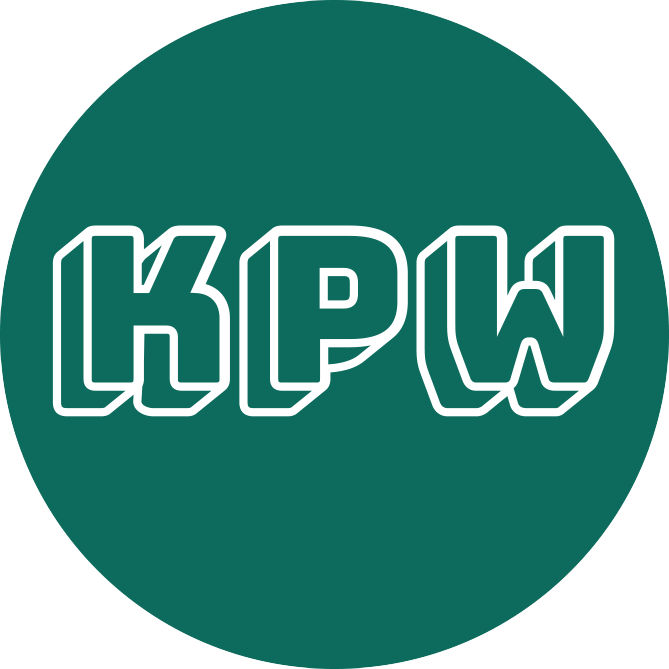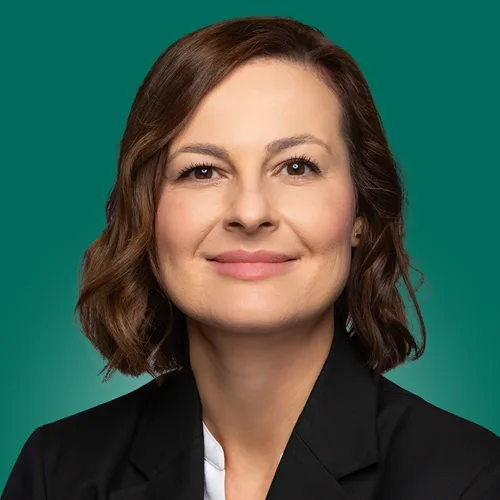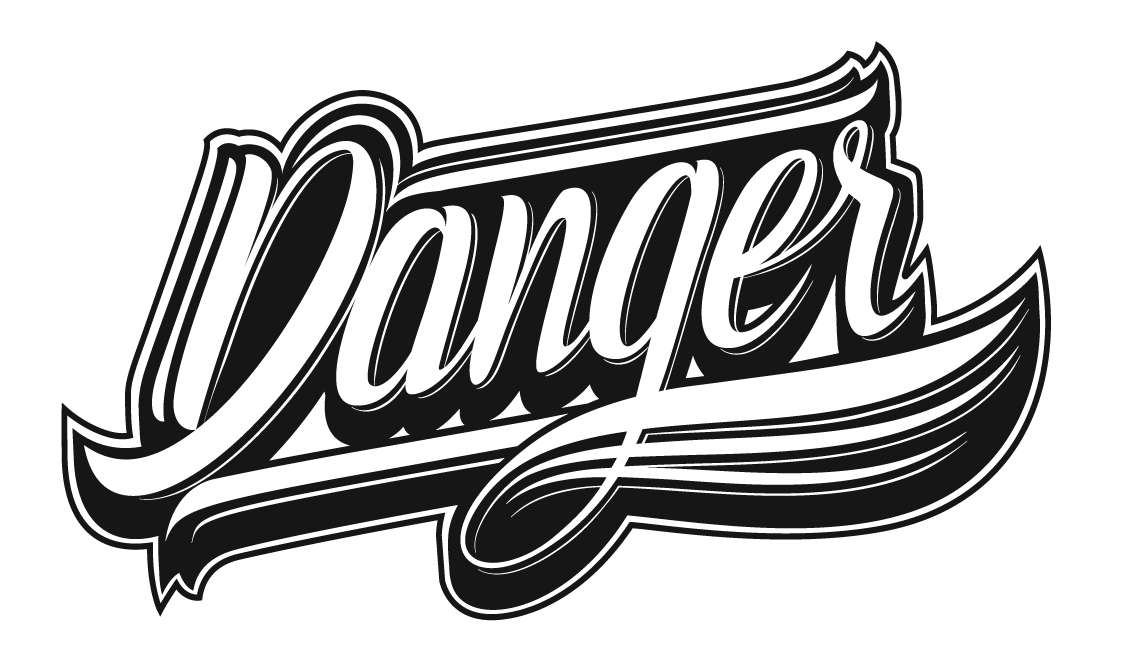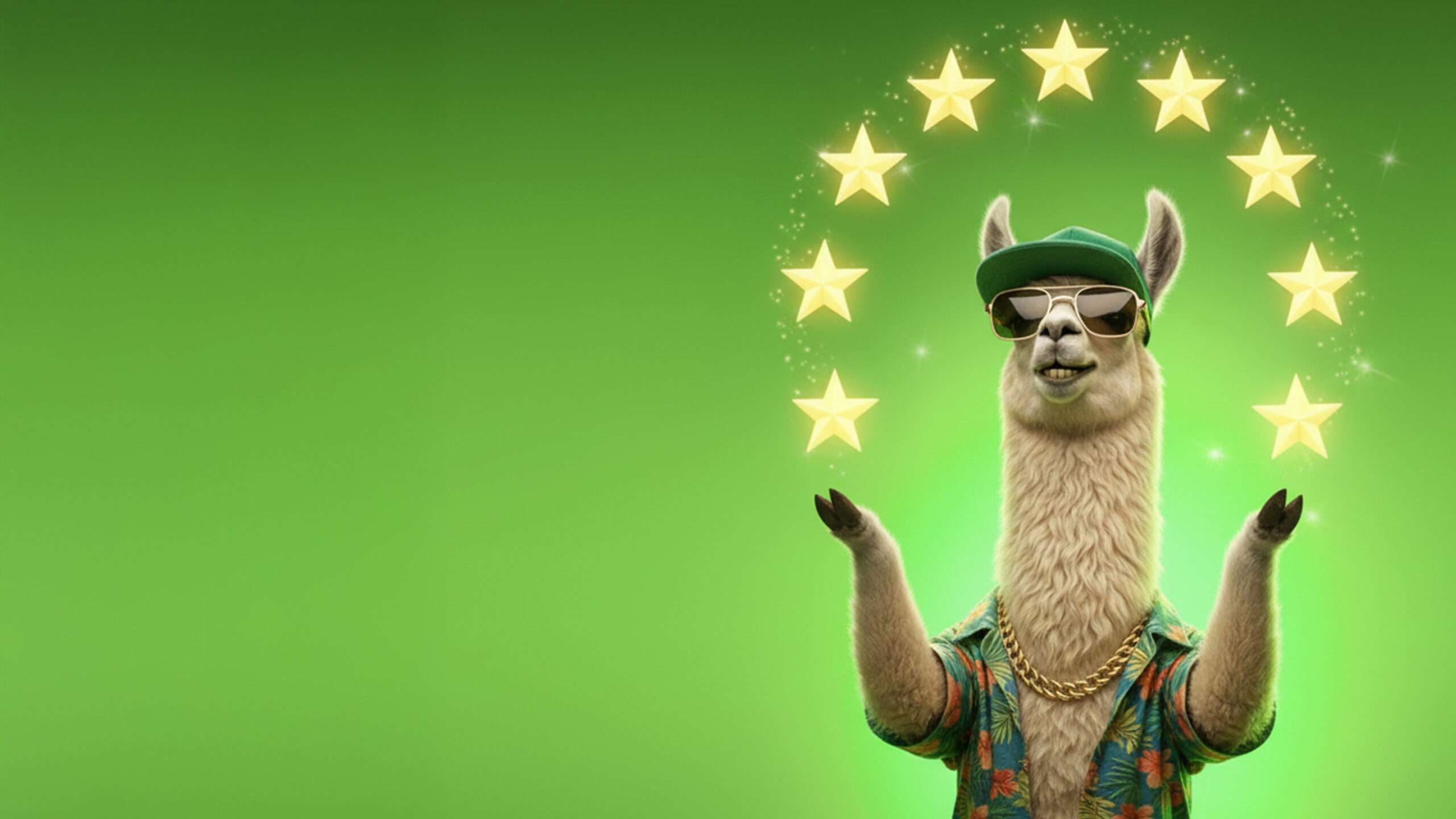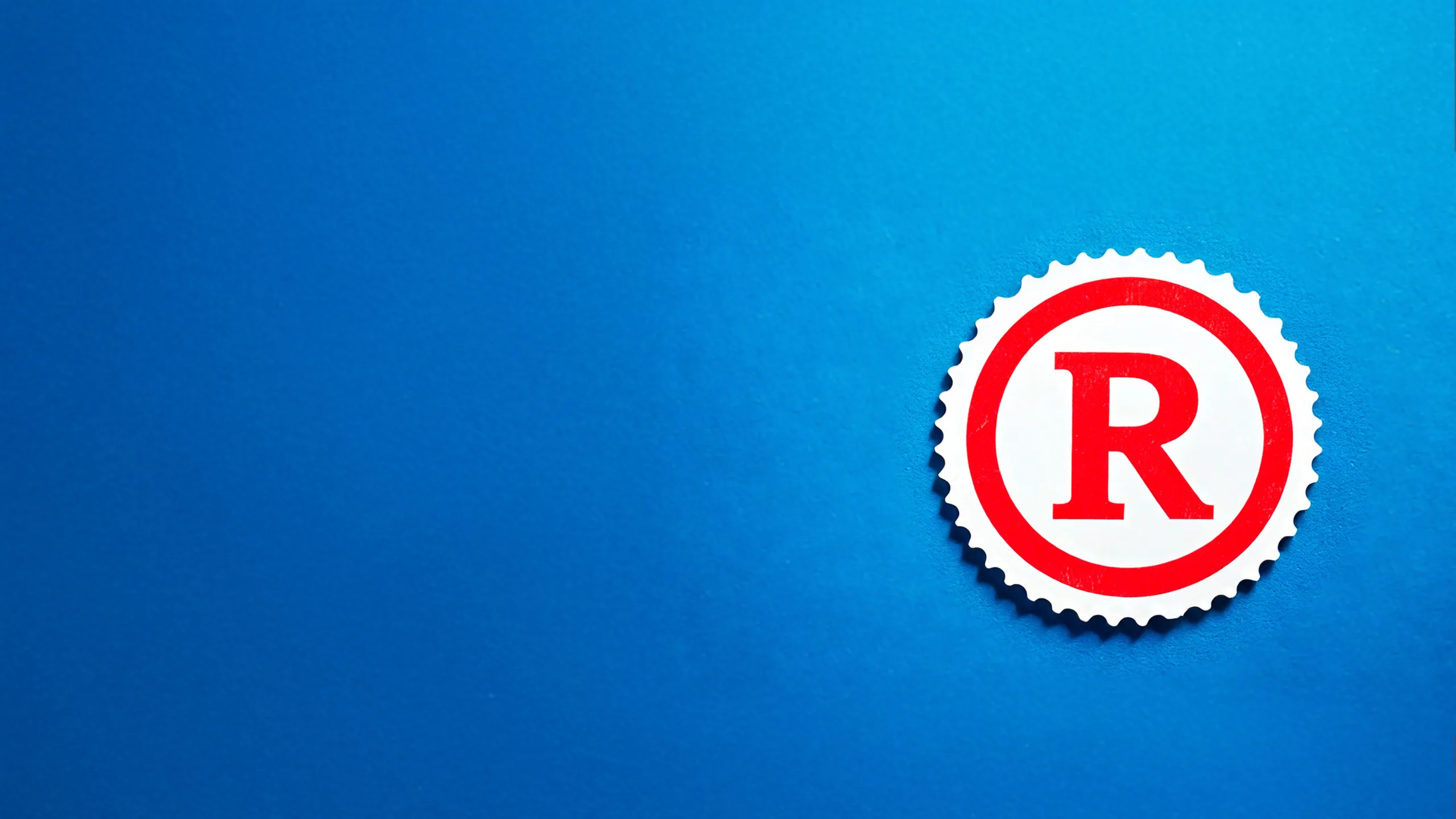
Background knowledge
What is
one
trademark?
What is
one
trademark?
Successfully
A trademark is a legally protected sign that serves to distinguish the goods or services of one company from those of other companies. In the legal sense, the term “trademark” encompasses not only the visible sign, but also the protection associated with it. This grants the owner a monopoly on the use of the sign in relation to the registered goods and services.
It is important to differentiate between the trademark and marketing perspectives. While trademark law focuses primarily on protection against imitation and clear identification of origin, the marketing concept of a trademark also encompasses all associations, emotions and values that are linked to a brand name and shape a company’s image.
What laws does a trademark grant?
A trademark gives the owner an exclusive right of use. In concrete terms, this means
- Exclusivity in commercial transactions: The trademark owner has the law to use the protected sign for the goods and services specified in the application. Third parties can generally be prohibited from using an identical or confusingly similar sign in the same area.
- Legal claims: In the event of infringement of its trademark (e.g. through imitation), the trademark owner can assert claims for injunctive relief, damages and cancellation.
- Licensing and exploitation: The trademark owner can allow others to use his trademark for a fee (license agreements) or even sell the trademark outright.
What functions does a trademark have?
Trademarks fulfill several essential functions that are important for both companies and consumers:
- Origin function:
Ensures that the goods or services can be clearly assigned to a specific company, which establishes economic responsibility. - Distinctive function:
Serves as a legally protected distinguishing feature that prohibits third parties from using identical or similar signs for the registered goods and services. - Quality function:
Implies that the protected mark stands for a consistent and defined quality standard that must be ensured through consistent use.
The use of a distinctive mark sets your product range apart from competing products. A strong trademark conveys individuality and can contribute to market dominance. - Guarantee function:
Provides the consumer with a reliable assurance that the products or services offered under the trademark meet the specified quality criteria. - Advertising function:
Enables the owner to use the mark as an instrument to strengthen the market position and actively use the legal protection in competition. - Communication function:
Conveys relevant information about origin and quality in business transactions, whereby the mark is perceived as a binding indicator of trustworthy services.
Goods and services of a trademark
A trademark grants protection only for the goods and services for which it is registered or used. In most countries, goods and services are divided into 45 classes according to the Nice Classification, of which 34 are classes of goods and 11 are classes of services.
How do you get a trademark?
Trademark protection for a trademark is established either by use in so-called first-to-use countries or by registration in so-called first-to-file countries, whereby trademarks can also be registered first-to-use countries (which is regularly advantageous).
First-to-use countries include Aruba, Australia, Brunei Darussalam, Canada, Costa Rica, Cyprus, Denmark, Fiji, Hong Kong, Iceland, India, Ireland, Israel, Jersey, Kenya, Lebanon, Malawi, Malaysia, Malta, New Zealand, Papua New Guinea, Puerto Rico, Samoa, Singapore, South Africa, Swaziland, Trinidad & Tobago, USA, Uruguay and Zimbabwe.
First-to-file countries are e.g. Algeria, Argentina, Austria, Belarus, Belize, Benelux, Bolivia, Botswana, Brazil, Chile, China, Colombia, Croatia, Curaçao, Czech Republic, Dominican Republic, Ecuador, El Salvador, Estonia, European Union, Finland, France, Germany, Greece, Guatemala, Hungary, Iran, Japan, Jordan, Kazakhstan, Kuwait, Kyrgyzstan, Lithuania, Mexico, Moldova, Montenegro, Nicaragua, Nigeria, Norway, Peru, Philippines, Poland, Qatar, Romania, Russian Federation, Slovenia, South Korea, Spain, Syria, Taiwan, Uganda, Ukraine, United Kingdom, Venezuela, Vietnam and Zambia.
Registration takes place via the national trademark offices or via WIPO as part of an international registration.
Questions about the trademark?
We are happy to
advise you about
Trademark law!
Our team
in trademark law
Our team
in trademark law
